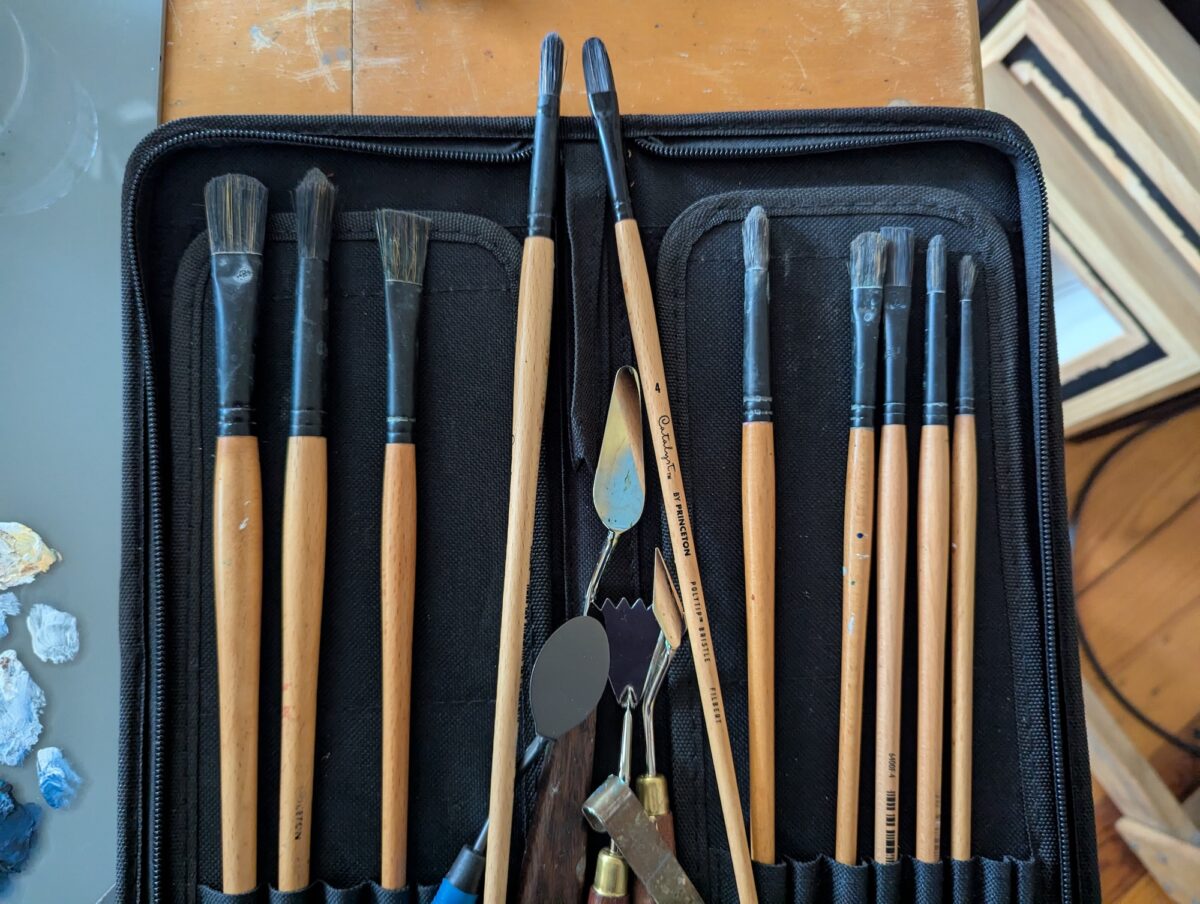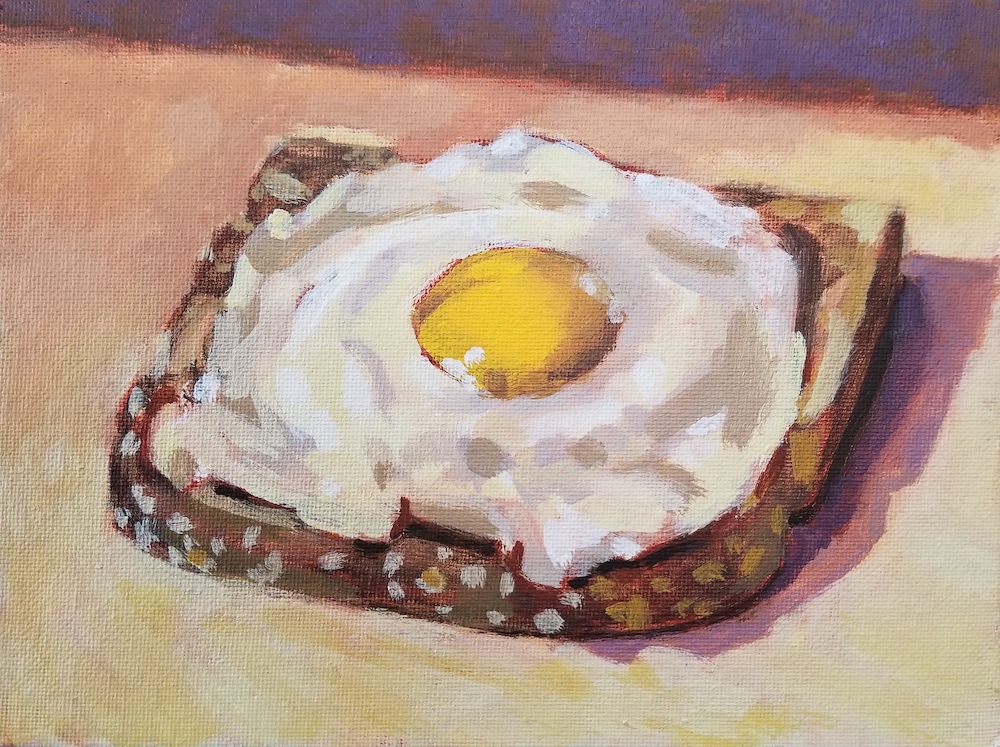When searching for the perfect acrylic painting brush, artists often face a trade-off between the traditional feel of natural hog bristles and the durability of synthetics. The Princeton Catalyst Polytip brushes solve this dilemma. Designed with advanced synthetic fibers that mimic the natural flags of hog hair, these brushes combine strength, precision, and responsiveness—making them a favorite among both acrylic and oil-style painters. Whether you’re layering impasto textures or blending delicate glazes, Polytip brushes offer the control and resilience modern artists need. Personally, I rely on them in both plein air painting sessions outdoors and longer, detailed studio work, and they perform beautifully in both settings.
What Makes Polytip Brushes Unique?
Princeton Catalyst Polytip brushes are made with synthetic fibers that are split at the tip, mimicking the natural flags found on hog bristles. This gives them a similar texture and responsiveness to natural hair while providing extra durability. The split tips increase the surface area, which means these brushes can:
- Hold more paint for longer, consistent strokes.
- Release paint evenly, without leaving streaks.
- Mimic the stiffness and spring of hog bristles, perfect for thick acrylic or oil-like applications.
Advantages for Acrylic Painters
- Durability – Unlike hog hair, which can break down quickly in water or under the harsh polymers in acrylic paint, synthetic Polytip fibers hold up over time. They resist fraying and keep their shape even after heavy use.
- Versatility – Whether you’re working with heavy body acrylics, gels, or pastes, these brushes handle thick textures beautifully. They’re also great for blending and glazing.
- Natural Feel Without the Downsides – If you’re used to oil painting and love the feel of hog bristles, Polytip brushes offer a nearly identical tactile experience, but with none of the shedding, water damage, or stiffness loss.
- Cost-Effective – Synthetic brushes are generally more affordable than high-quality natural bristle brushes and last longer when used with acrylics.
The Bottom Line
Princeton Catalyst Polytip brushes bridge the gap between the traditional and the modern. They give acrylic painters the feel and control of a natural hog hair brush but with the resilience of synthetic fibers. If you want a brush that lasts, performs, and feels like the classics, Polytip brushes are an essential addition to your studio.



